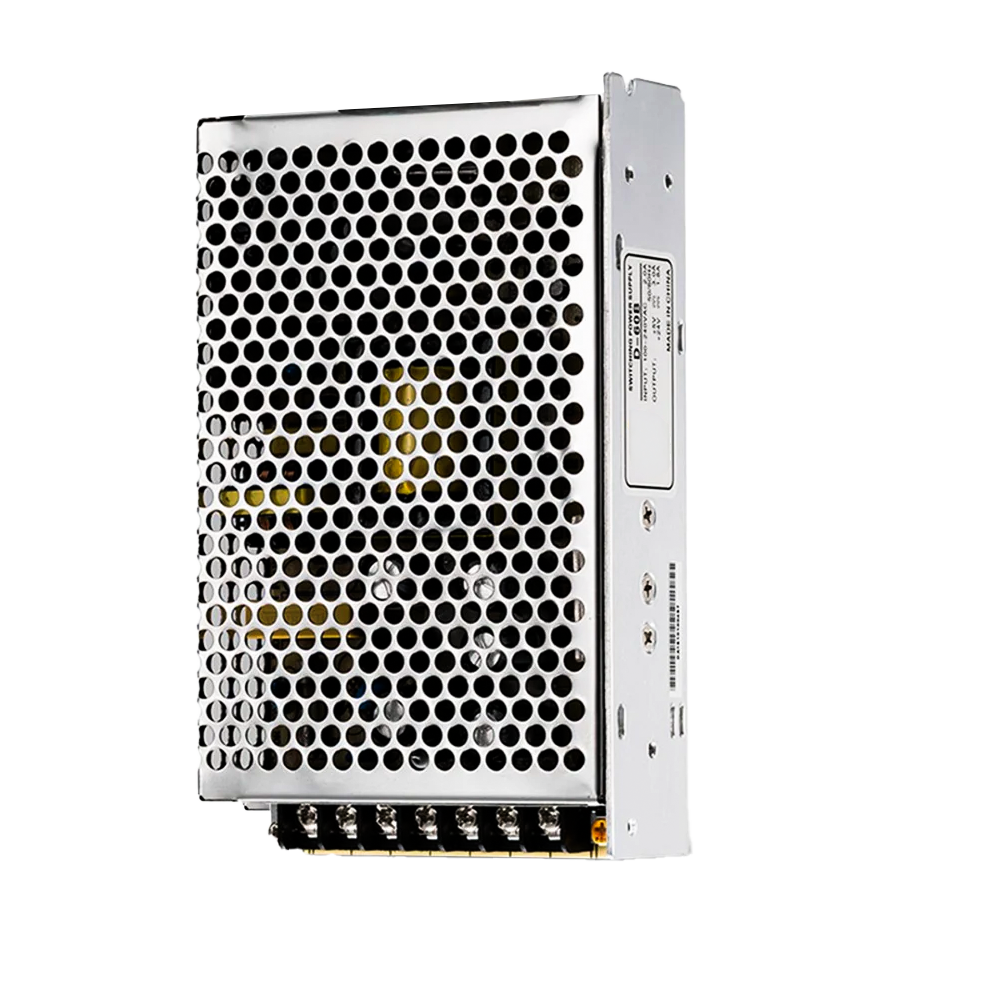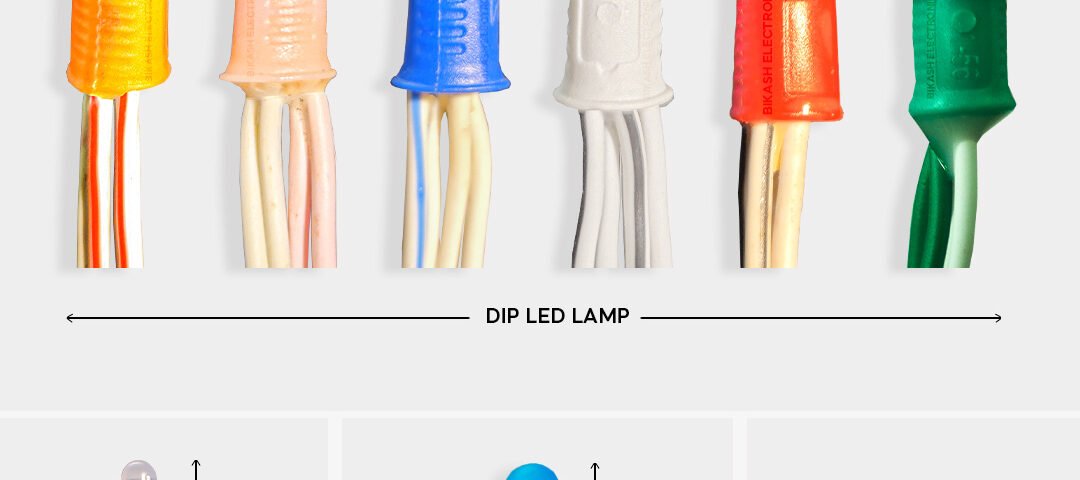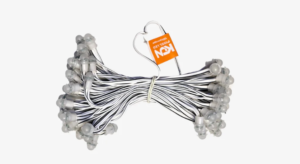
SP108E Wi-Fi LED Controller: The Ultimate Smart Lighting Solution
12/11/2024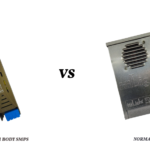
Various Types of Power Supply for Pixel LEDs || Slim Body SMPS vs Normal SMPS – A Complete Guide
08/05/2025SMD LEDs vs DIP LEDs: Which is Best for You?
Being unsure of the choices in LED technology can be a real headache. This can get quite crucial yet rather confusing in between SMD and DIP LEDs. Here’s what some expert advice on this choice looks like: In this blog, we guarantee a straightforward comparison to assist you in identifying the right solution for your needs. Keep reading as we compare brightness, energy efficiency, and more. Now, are you ready to discover your perfect LED match?
Choosing the right LED technology is crucial for efficiency, brightness, and durability. The two most common types, SMD LEDs (Surface-Mount Device) and DIP LEDs (Dual In-line Package), each have distinct advantages. Understanding their differences will help you determine the best option for your application.
What is the SMD LEDs Technology?
SMD LEDs are compact, surface-mounted LEDs designed for high brightness and efficiency. These LEDs come in various sizes, such as SMD 2811, SMD 2727, and SMD 3535.
Benefits of SMD LEDs
-
Higher Brightness & Efficiency: Ideal for high-intensity applications.
-
Compact Design: Suitable for space-saving installations.
-
Better Heat Dissipation: Longer lifespan with improved performance.
-
Uniform Light Output: Provides consistent illumination.
Best Applications for SMD LEDs
-
LED strips and backlighting solutions.
-
High-resolution digital displays and signage.
-
Automotive and industrial lighting.
What is the DIP LEDs Technology?
DIP LEDs feature a traditional bulb-like design with two metal pins for easy PCB mounting. These LEDs are known for their durability and cost-effectiveness.
Benefits of DIP LEDs
-
Long Lifespan: Lasts up to 100,000 hours.
-
Weather Resistance: Ideal for outdoor use.
-
Cost-Effective: Budget-friendly solution.
-
Easy to Replace: Through-hole design for simple maintenance.
Best Applications for DIP LEDs
-
LED traffic signals and indicator lights.
-
Outdoor displays and billboards.
-
Traditional LED matrix panels.
SMD LEDs vs. DIP LEDs: Key Differences
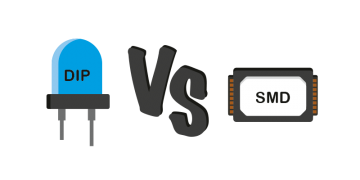
The differences between DIP LED and SMD LED are mainly reflected in the following aspects.
- Design: DIP LEDs are more like LED bulbs with pill shaped design and long pin connections, we usually need 3 LEDs to form an all-color pixel; on the other side, an SMD LED is more compact in design with very short pins, and it includes R, G, B LED chips in one device and can work as a pixel independently.
- Display performance: SMD LED has more compact design, and the space between the R, G, B LED chips are much smaller, thus SMD LED offers more smooth color transition than DIP LED.
- Application scenarios: DIP LED is more robust and mostly used for outdoors, such as an LED signage. SMD LED excels in image quality, and is more application for making indoor LED displays, especially high resolution ones.
- Colder soldering issue: DIP LED is plugged into the PCB with two long pins, and cold soldering issue seldom happens on DIP LED; but an SMD LED is directly onto the PCB with very short pins, and cold soldering issue is more likely to happen on SMD LEDs.
- Brightness: A DIP LED is larger than an SMD LED, and of course, we get a much higher brightness on a DIP LED screen. For example, an outdoor signage made of DIP LEDs can have a brightness over 7,500 nits, or even 10,000 nits, but an outdoor billboard made of SMD LEDs can reach only around 6,000 nits.
How to Choose the Right LED for Your Needs
-
For high brightness, efficiency, and compact size → Choose SMD LEDs.
-
For durability, affordability, and outdoor applications → Choose DIP LEDs.
-
Consider power consumption, space constraints, and environment before deciding.
Conclusion and Final Thoughts
The 12 Volt Copper Wire Single Color SMD LED 5 Inch module is a highly versatile and reliable lighting solution that proves valuable across a range of applications—from subtle interior ambient lighting to more impactful automotive and architectural displays. Its primary advantages lie in its 12V DC compatibility, the use of copper wiring for excellent conductivity and durability, and a modular 5-inch design that provides uniform illumination and aesthetic consistency in single color output.
For anyone considering this product, it is important to plan your installation carefully by assessing electrical requirements, physical layout, and environmental conditions. With proper installation techniques and regular maintenance, this LED configuration can offer superior performance and longevity, making it a smart investment for both professional and home lighting projects.
As technology continues to advance, integrating additional smart features and control systems will further enhance the usability of these LED modules, aligning with future trends in energy efficiency and smart infrastructure. Whether used in a commercial setting or for personal décor enhancement, the combination of innovative design and practical functionality makes this product a compelling choice in the current market.
After going through the above paragraphs, guess you should get a better understanding over DIP LEDs and SMD LEDs. So it’s easier to make a choice between the two different LED display technologies.
If you need higher resolution and watch the screen in a closer distance, then an SMD LED screen is what you want; if you want an outdoor screen for longer viewing distance, then you should use a DIP LED screen.

